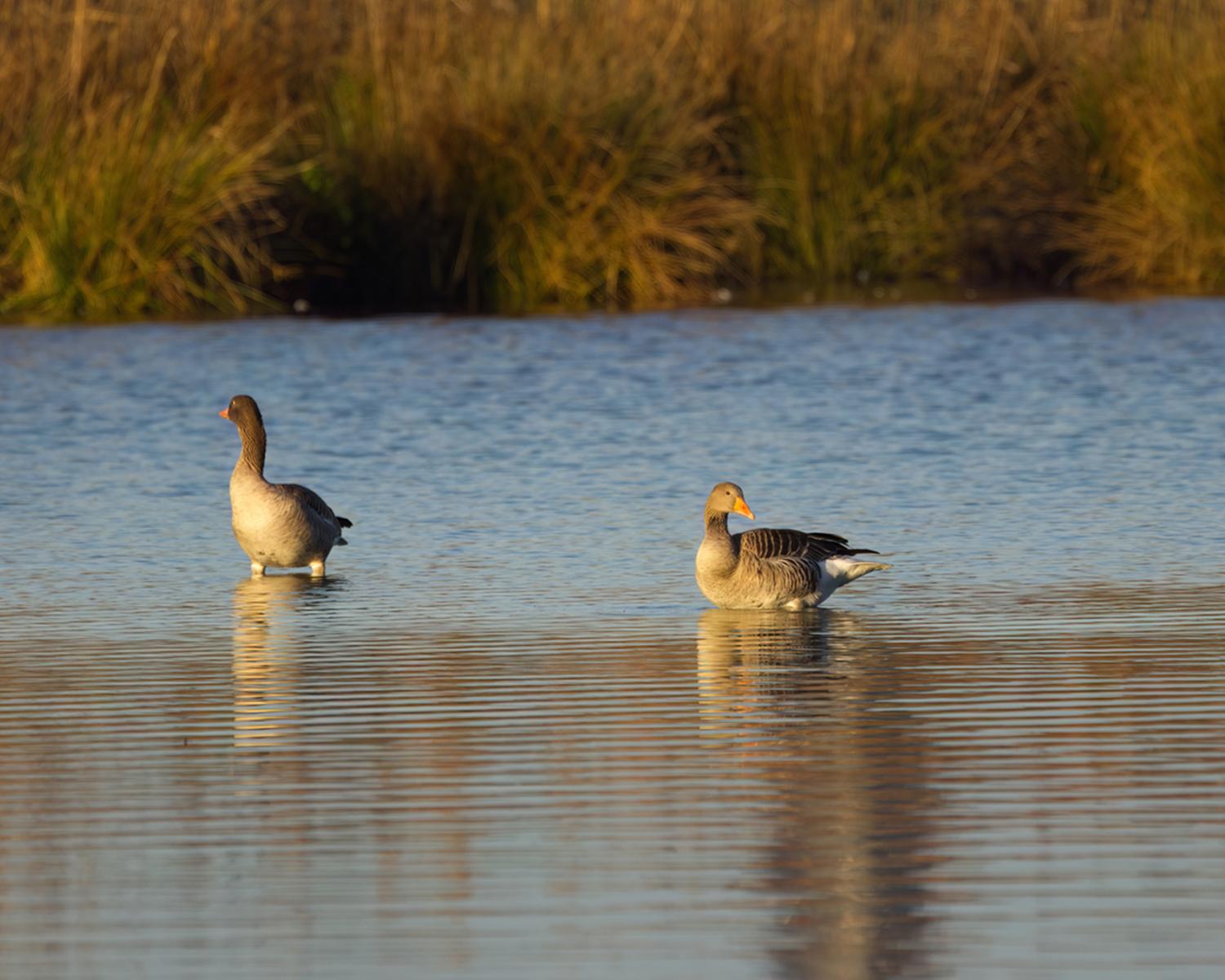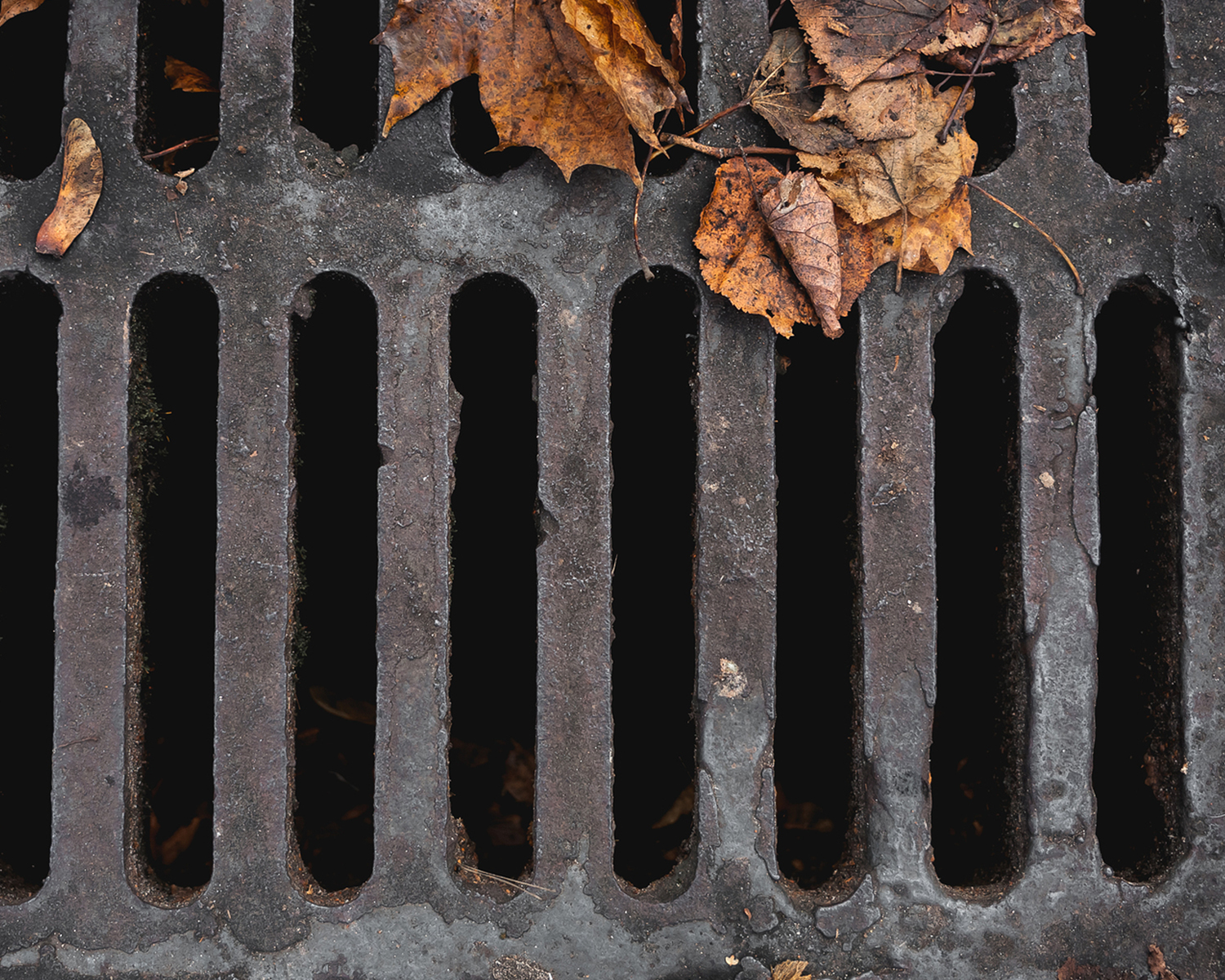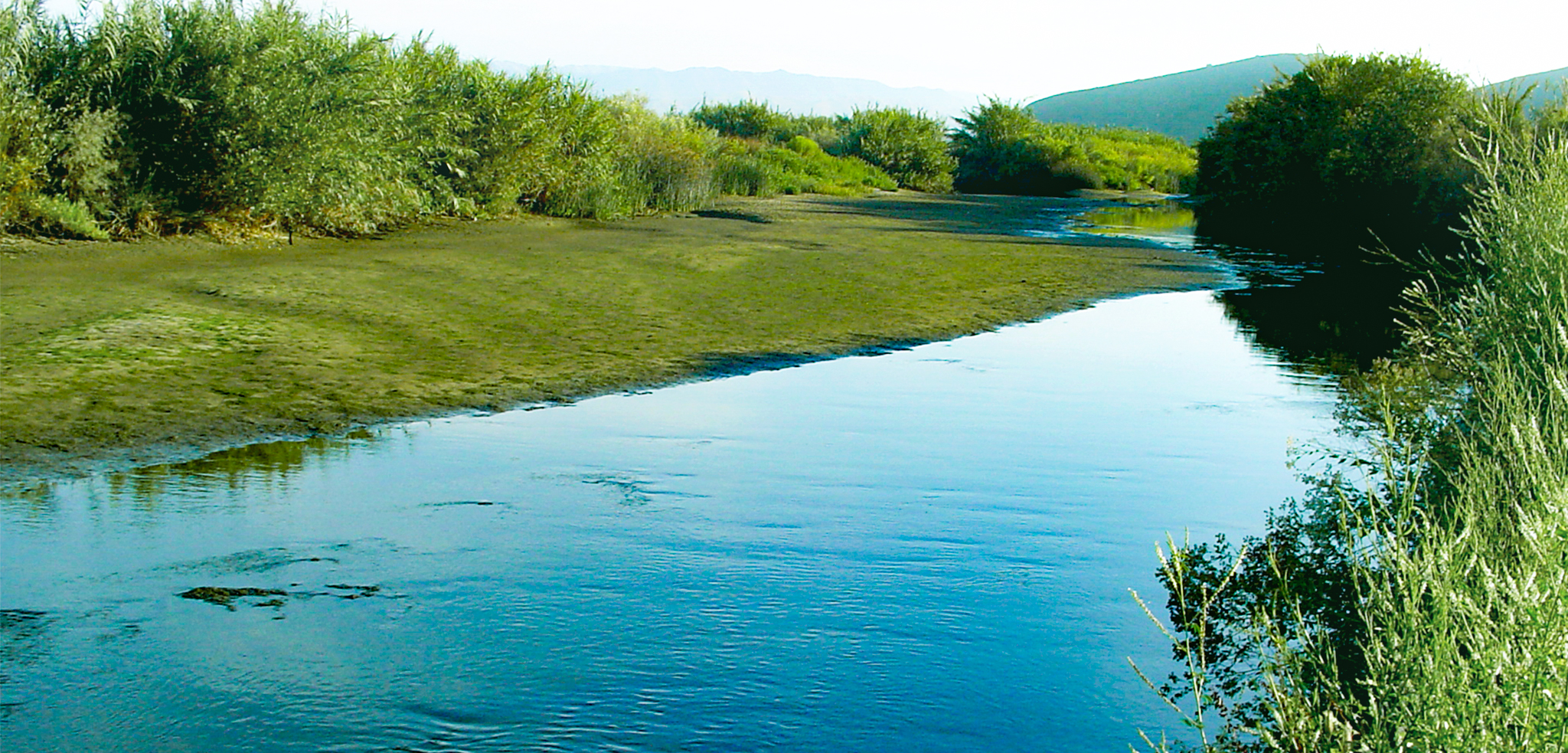Highlighted Projects
Our clients, like us, are dedicated environmental stewards. They include public agencies that manage and operate wastewater and stormwater systems to prevent pollution, as well as private landowners committed to the long-term sustainability of their land and the surrounding environment. We work with those involved in water resources management, watershed management, and groundwater protection, ensuring that these critical areas are managed sustainably for future generations.
-
 Agriculture
AgricultureSacramento Valley Water Quality Coalition Irrigated Lands Regulatory Program WDR
-
 Stormwater
StormwaterCity of Los Angeles TMDL and MS4 Regulatory Support
-
 Wastewater
WastewaterSacSewer NPDES Permit Renewal and Regulatory Support
-
 Wastewater
WastewaterMonterey One Water Pure Water Monterey Regulatory Approvals
-
 Water Resources
Water ResourcesDunnigan Area Groundwater Recharge Pilot Project
-
 Stormwater
StormwaterStatewide Phase II Municipal Stormwater Management Program Support
-
 Agriculture
AgricultureVentura County Irrigated Lands Regulatory Program & TMDL Compliance
-
 Groundwater
GroundwaterGroundwater Sustainability Plans for Scott Valley, Shasta Valley, and Butte Valley Groundwater Basins
-
 Watershed
WatershedCentral Valley Salinity Alternatives for Long-Term Sustainability (CV-SALTS)
-
 Watershed
WatershedCalleguas Creek Watershed TMDL Development and Implementation
-
 Groundwater
GroundwaterSierra Valley Groundwater Management District Groundwater Sustainability Plan
-
 Water Resources
Water ResourcesMugu Lagoon Coastal Brackish Groundwater Extraction Project